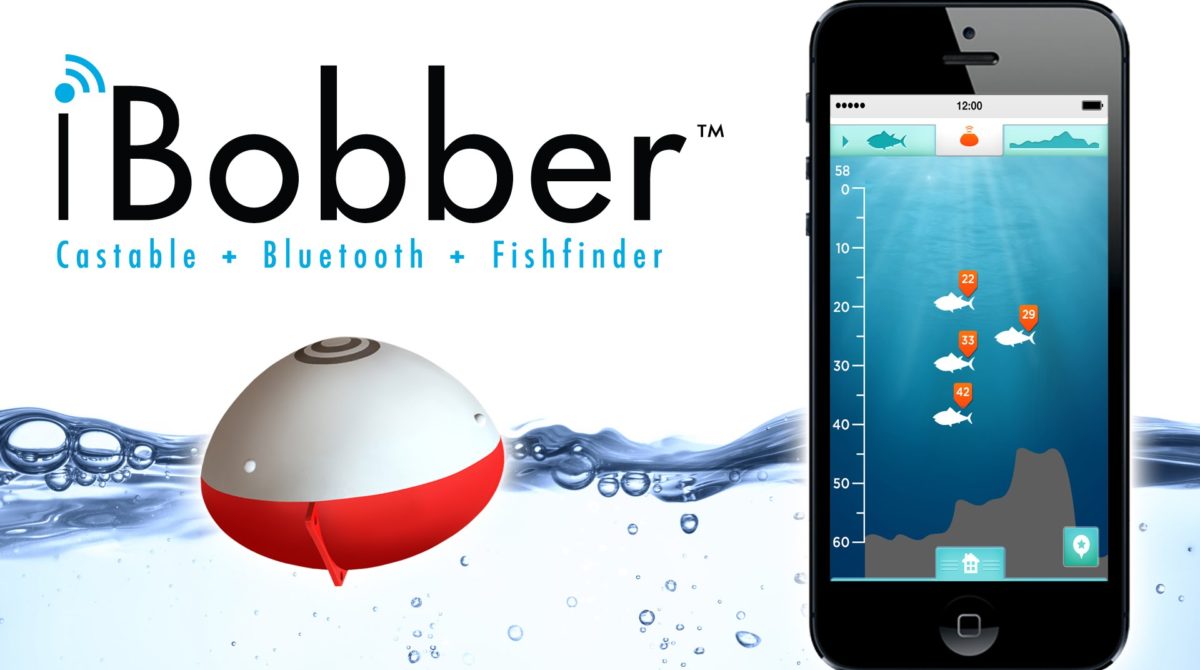“What fly fishing equipment should I get?” I’m often asked that question by folk who are interested in learning how to fly fish. Sometimes, it seems so complicated. “Is it expensive?” is the second most often asked question.
Let’s start with the second question first. While you can spend thousands of dollars on gear, you don’t need to nor should you spend more than a couple of hundred dollars if you’re just starting out. Depending on what conditions you will be fishing, you might even get away with less than that, too. I recommend that you speak with casting instructor who knows your area and what conditions you’ll be fishing in at first. That person will be able to put you on the right track as to the specifics of what gear you should have.
To answer the question about what fly fishing equipment you’ll need to get started, here are the basics. You can of course purchase much more, but why not wait before spending lots of money to find out if you’ll enjoy the sport in the first place?
A fly rod
A reel that will hold the line
Line (usually a floating line will do fine if you’re targeting small to medium size rivers)
8 lb. test monofilament that you will use for leader material
Flies
Clippers
Sunglasses
Optional equipment when you are starting out:
Waders to keep you dry if fishing rivers
A vest or bag to carry gear (and perhaps your lunch and a flask filled with something to drink if you are so inclined)
Landing Net
And that’s about it. The conditions you will fish will dictate the length of your rod as well as the weight of the line you will be casting. Most beginners can get away with selecting a rod in the 8 to 9 foot range and 5-6 line weight (wt.). Unless you will be after big fish, you can get by with a very inexpensive fly reel. All it does in most cases is hold the line for you. In many situations where the target fish are trout, you likely wont even need to use the drag on your reel. In most cases, tension is applied to the line with your hand.
Although many fly anglers have all sorts of systems for determining the correct leader thickness and taper, don’t worry about that for now. Because the lure in fly FISHING RODS are very light weight, you are using the weight of the fly line and the ability of the rod to power the line forward when you cast your fly. Therefore, fly line is much thicker than the monofilament used in spinning or baitcast fishing. That’s where the monofilament or leader comes in – it is tied to the end of the fly line, generally an 8 foot length is fine, and to the other end of the leader, you will tie your fly.
Although it is fun to tie your own flies, at this point it is probably best to obtain some from someone you know that ties up flies, or purchase them for a shop that sells them. If it is a local shop, they will be able to advise you as to what patterns that will be most likely to entice the fish to hit. At first, stick with nymphs or wet flies. Dry fly fishing can be a lot of fun, but I’d recommend learning to cast and catch fish with a fly rod using nymphs.
Sunglasses are a must when fly fishing! The last thing you want to do is damage your eye with a misplaced cast and a fly stuck in your eyeball. Think safety first, no matter what you are doing. If you have decided to also purchase a pair of waders, make sure you are familiar with the water you will be wading in.
There are a number of resources available to you to help you decide what fly fishing gear is best for you. Read reviews of the gear that is available to you, talk to other fly anglers, and perhaps the best advice of all: Hire a fly fishing instructor for at least a half day. This will help prevent you from forming bad habits that will be difficult to break later on.
